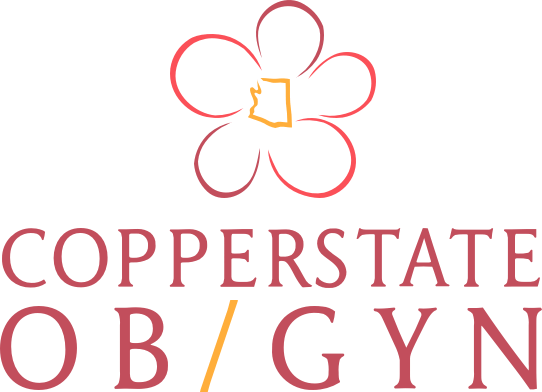Whether breastfeeding comes naturally with ease or your breastfeeding journey starts off a bit rocky, all moms can use some extra support. Some babies take a little time to learn to latch, and some mothers need a little practice to get comfortable. It can take a lot of patience to learn how to start breastfeeding. Here are some top tips on breastfeeding for first time moms.
How to Help Your Baby Latch
Your baby needs to cover your nipple and areola entirely to get milk out of the milk glands. The glands that secrete the milk need to be compressed out of the areola to flow freely through the nipple. If your baby is latching improperly, your nipples will get sore and cracked. Here are some latching tips when you learn how to start breastfeeding:
- Position your baby – Face your baby’s head toward your breast, with her body facing yours. Make sure her head is in line with the rest of her body and not turned, to make swallowing easier.
- Tickle your baby’s lips – Your baby’s mouth should be open before you bring her to your breast. Tickle her lips to encourage a wide mouth, like a yawn. If that doesn’t work, try to squeeze some milk on her lips.
- Stroke the baby’s cheek – Your baby has a rooting reflex. If you stroke her cheek on the side toward you, she’ll turn toward your breast.
- Baby’s chin and tip of her nose should be on your breast – You can tell your baby has a proper latch when her chin and the tip of her nose are touching your breast. Her lips should be puckered outward and not tucked in. Your baby might be suckling on her lower lip or tongue, so pull her lower lip down while nursing.
- Watch for suckling – If your baby is suckling breast milk, you’ll see a strong suck-swallow-breathe pattern and hear gulps and swallowing. If she’s not latched on properly, you’ll hear clicking noises.
How Often to Breastfeed
Babies aren’t usually born hungry, and their demand to breastfeed picks up around the third day. You’ll likely have the most success breastfeeding if you breastfeed on demand rather than on a schedule. When they’re newborns, you may have to push them to eat the recommended amount. Newborns should breastfeed about 8 to 12 times every 24 hours for the first few weeks.
All babies are different, so their needs can vary depending on how hungry or easily satisfied they are. For a while, you’ll be breastfeeding several times a night. Remember that if it seems like you’re breastfeeding a lot, it’s only temporary. As your baby grows and feedings get longer, you’ll be able to take longer breaks.
How Long Each Feeding Lasts
There isn’t a set amount of time you should breastfeed, you just need to breastfeed as long as it takes for your baby to finish. While some say short feedings prevent nipple soreness, that typically comes from poor positioning. Some tips on efficient breastfeeding:
- Expect about 20 to 30 minute feedings – Your baby may need longer feedings as a newborn and during growth spurts, but expect 20 to 30 minute feedings on average.
- Fully drain each breast – The richest breast milk comes at the end of each breast, so make sure your baby fully drains each breast while breastfeeding. If your baby only wants one breast, start with the other breast for the next feeding.
- Wait for your baby to be done – If your baby doesn’t release the nipple, you’ll know the feeding is done when she slows down to about four sucks per swallow.
How to Tell Your Baby’s Hungry
Don’t wait until your baby’s so hungry that she starts crying, as she’s probably very uncomfortable at that point. Instead, look for cues she’s giving you, such as:
- Opening her mouth
- Sucking hard on her hand, your arm, or your shirt
- Sucking on her lip or tongue
- Nuzzling on your breasts
- Smacking her lips
Breastfeeding May Feel Uncomfortable at First
Breastfeeding for moms is a learning experience, and you’ll have to get used to the sensations. Your nipples aren’t used to all that strong and frequent sucking, so it isn’t surprising you may feel uncomfortable. This is especially true if your baby doesn’t latch well. Prevent damaged nipples by seeking a lactation consultant or breastfeeding specialist and encouraging proper latching. Breastfeeding may be uncomfortable but should not be painful.
You may also notice your breasts are bigger once you deliver the baby. When your milk comes in, your breasts will swell and possibly get hard and tender. Breastfeeding frequently should relieve some of the pressure from your swelling breasts.
Learning how to start breastfeeding can be a little overwhelming, especially since you and your baby have never done it before. If you ever need help, remember you can always seek out a specialist and try the techniques in this article.
References:
– https://www.whattoexpect.com/first-year/breastfeeding/basics/
– https://www.parents.com/baby/breastfeeding/tips/31-breastfeeding-secrets/
– https://www.medela.com/breastfeeding/mums-journey/support-newborn

